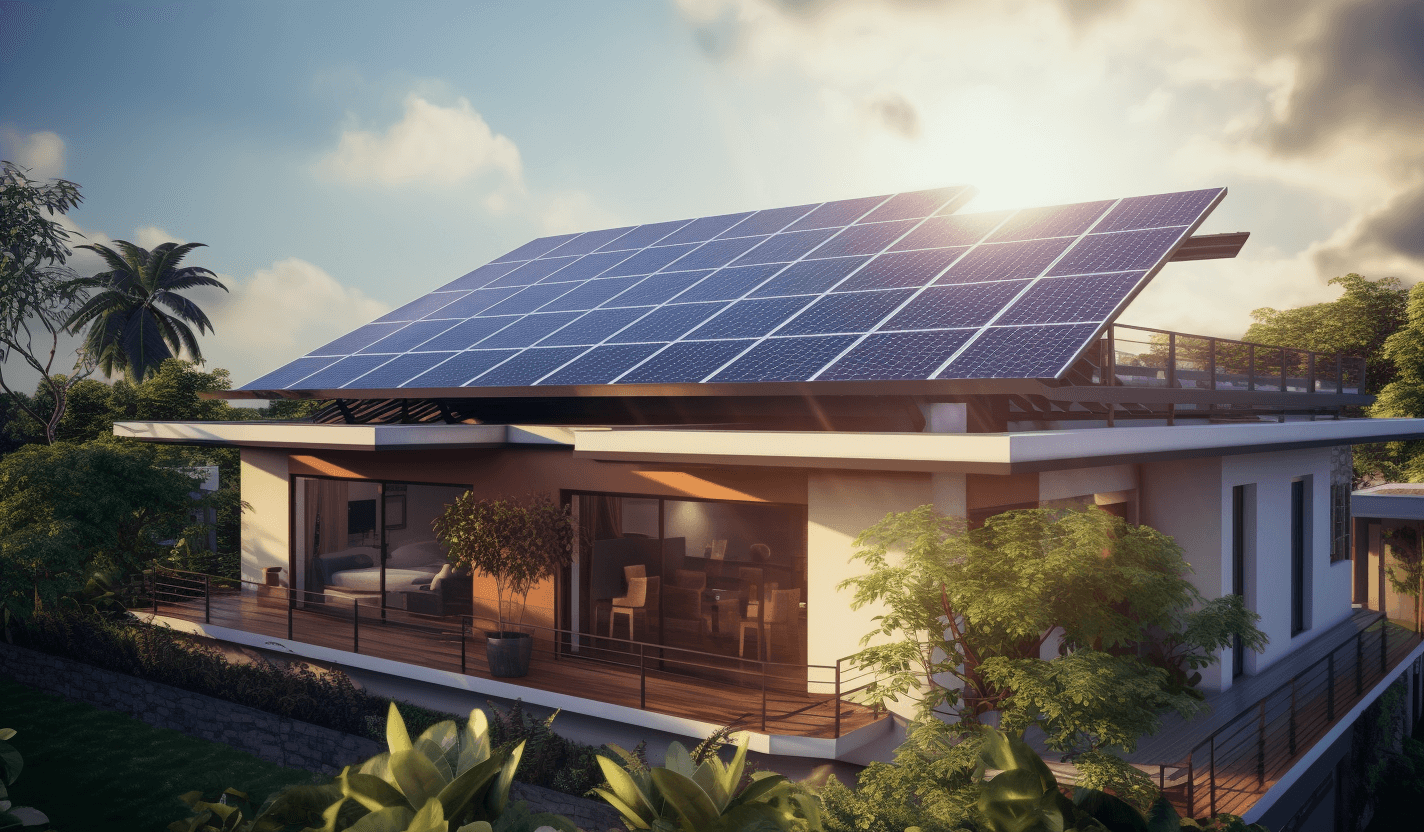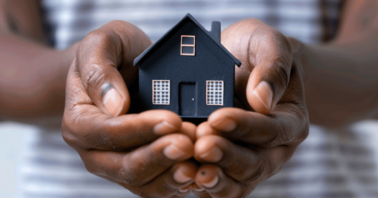The increasing cost of electricity makes it challenging to sustain other household expenses. You can cut the cost by installing solar panels since the limitless supply of solar energy makes it a cheaper energy option in the long run. Solar energy is also a clean source of power and safe for the environment. Learn how solar panel installation works and save your energy bills.
Home solar installations have been on the rise worldwide due to the increasing prices of fossil fuels. According to the International Energy Agency, solar and wind power installations are expected to grow by over 30% in 2023 as governments and consumers seek sustainable energy security.
READ ALSO: Homes of the Future: The Rise of Smart Homes
Table of Contents
What Do I Need to Know Before Installing a Solar System?
Solar panels can be installed anytime during the year, but you need enough information about solar energy before getting panels for your home. Things to know include;
Site and Design
The home should have room for the solar energy system. Ensure the roof will not need replacement soon or have space in the backyard if the panels are to be placed at ground level. You may also need to cut nearby trees or trim branches to eliminate shade.
Select the size of panels that will provide the energy you need around the house. If you are unsure about the system design, contract the services of a solar energy installation specialist to do a site evaluation.
READ ALSO: Building or Buying a Home: Which is Cheaper
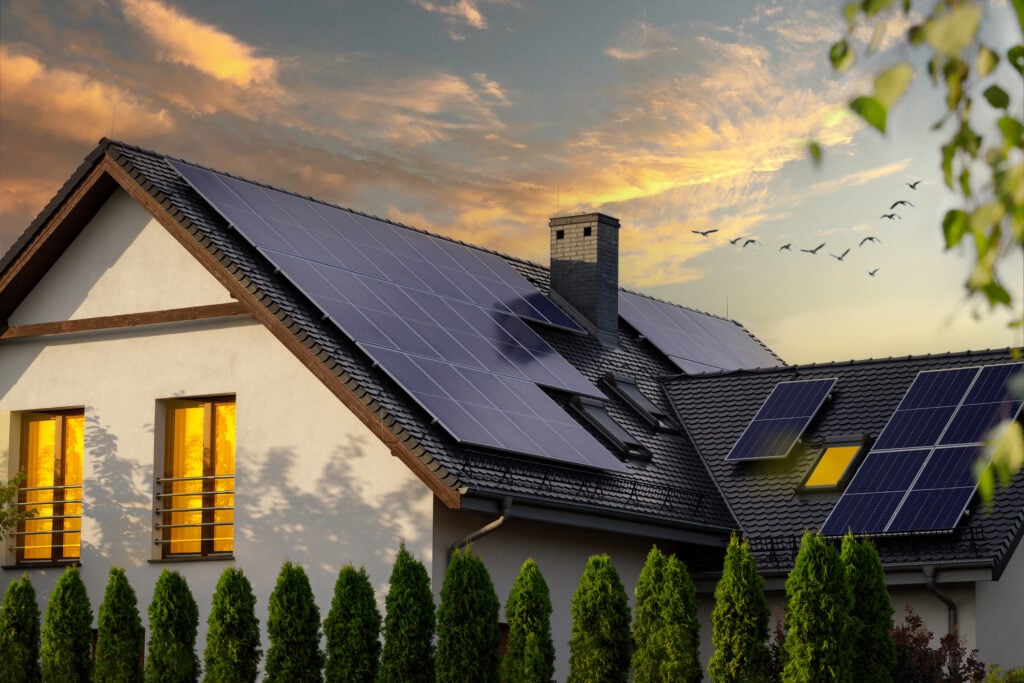
Permit Approval
You will require an approved permit for the installation of solar panels before proceeding. After settling on the system design, send it to the local government. You will be charged a permit application fee that varies by county.
In Kenya, an inspection must be done by a professional from the local government after the PV panels are installed to ensure all the safety codes have been followed. The system can then be interconnected to the grid and start producing energy.
Utility Connection
If you generate excessive solar energy and do not have the batteries to store the excess power, you can connect your solar system to the KPLC grid to dump the excess power. However, KPLC has to approve your solar system before connecting it to its grid. However, KPLC will not pay you for the extra power you inject into the grid.
KPLC will also do a site inspection to ensure your connection meets their requirements. They may make a few changes, like upgrading the meter to ensure everything is per utility guidelines.
In proposed EPRA regulations, Kenyan consumers with excess generated power need to sign a 10-year- contract with Kenya Power. The utility firm will then inject it into the national power grid. The move is expected to lower the cost of supplying electricity to Kenyans.
Safety Measures
If you will be installing without the services of a contractor, it is crucial to know the safety measures. The work involves dealing with electricity which poses the risk of electrocution if mishandled. You must also wear fall protection gear since you will be working on the roof.
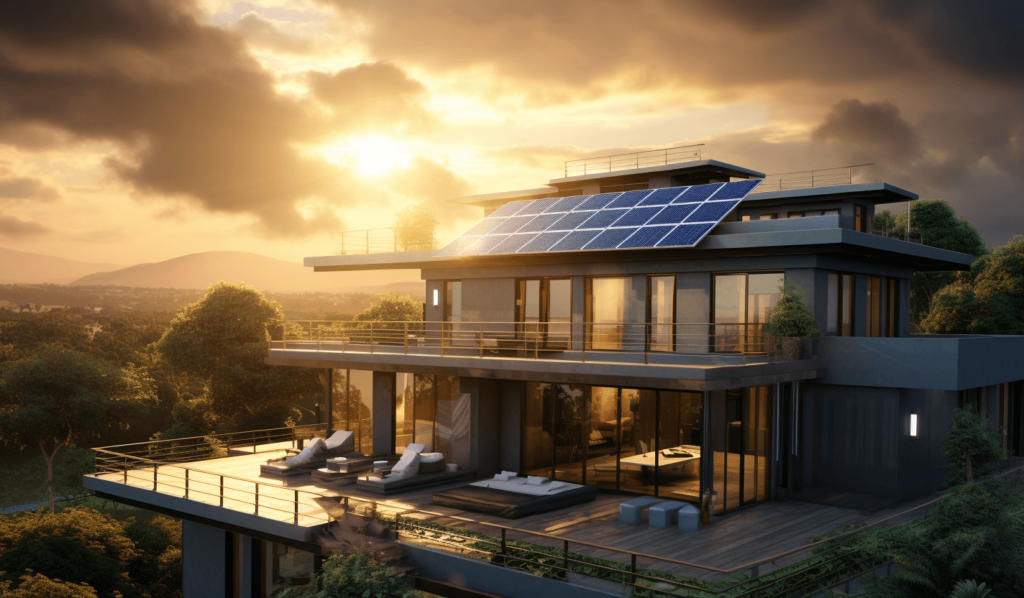
READ ALSO: Construction Site Safety: A Short Guide
What Do I Need to Connect My Solar Panels to My House?
Before you start the installation of home solar panels, you should know the requirements. Get the materials that are unique to your projects. Generally, you will need photovoltaic panels (PV panels), a racking system, electrical wiring components, a charge controller, batteries, a power inverter, and roof sealant. You can also have a heat sink and energy meter.
If you will be doing the job yourself, you need these tools: tape measure, electrical wiring tools, metal cutting saw, screwdrivers, wrench set, chalk line, marker, and drill with bits.
READ ALSO: Owning Your Own Home: 4 Reasons Why it is Important
How to Install a Solar Panel
If you opt to do the installation yourself, follow these steps;
- Install the metal racking system according to manufacturer instructions.
- Connect the PV panels to the racking system using clamps, then wire each panel to adjacent panels.
- Install a heat sink which reduces the heat generated by the panels and increases their efficiency.
- Install the charge controller between the panels and the battery bank. A charge controller ensures electrical current flows through the system or is stored in the batteries.
- Install a battery bank by wiring the batteries together in series. The bank stores generated energy not immediately utilized around the house to ensure sufficient supply when the sun is not shining.
- Install a power inverter that will convert DC power from the solar panels to AC for use in the home.
- Install an energy meter to know how much electricity is generated and used. If it is not enough, you can get more energy from the electrical grid, but if it is more, you can send it back to the grid.
- Connect the power inverter to the electrical panel after ensuring all the wiring is okay.
If you find DIY solar panel installations tiring, you can hire specialized solar installers to do the job. It is advisable to let an electrician do the wiring if you decide to do the entire installation.
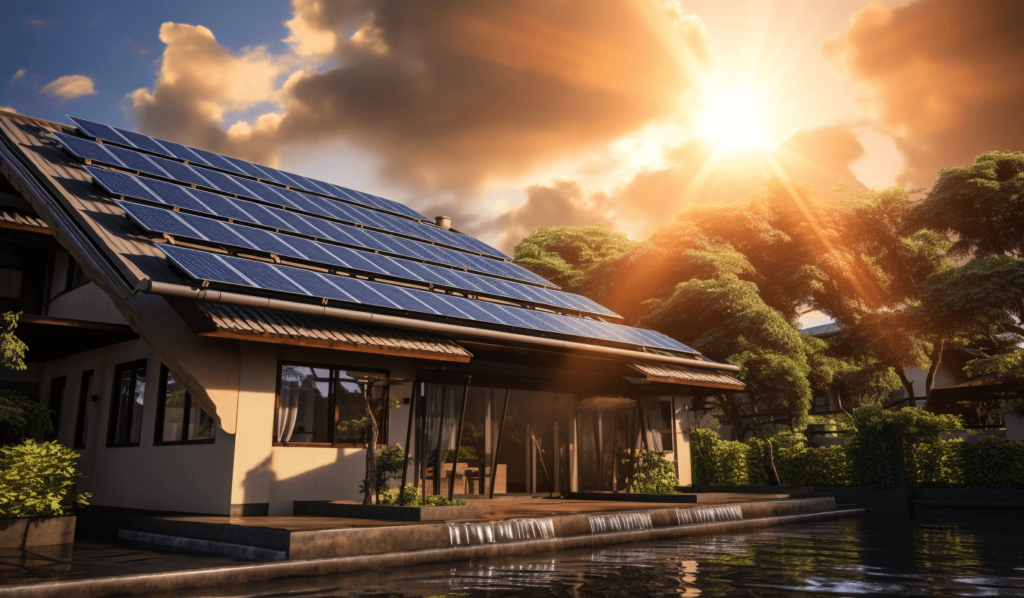
What Is the Best Direction for Solar Panels in Kenya?
In Kenya, the solar panels should face east-west to ensure they receive maximum sunlight during daylight all year long. The tilt should be inclined to the horizontal for optimal performance.
If your roof faces the other direction, you can get pole-mounted panels or opt for surface-mounted poles. Even when in another direction, panels in Kenya can produce up to 95% of their full power.
Can Solar Power Run a Fridge?
Solar power can power electronics around the house, including fridges which are known to be heavy power consumers. A refrigerator requires between 300 and 800 watts and around 120 volts daily to run without the freezer.
The energy requirements of your fridge will determine the amount of solar energy required. The starting wattage is generally higher than the running wattage. If you have a 300W solar panel, it will likely produce over 70% of its capacity on a sunny day, and the output is enough to power a small fridge.
In Conclusion
Many homeowners seeking to lower energy bills are embracing solar panel installation. The proper steps must be followed to ensure a safe and stable connection. You must also ensure local government regulations are followed.
